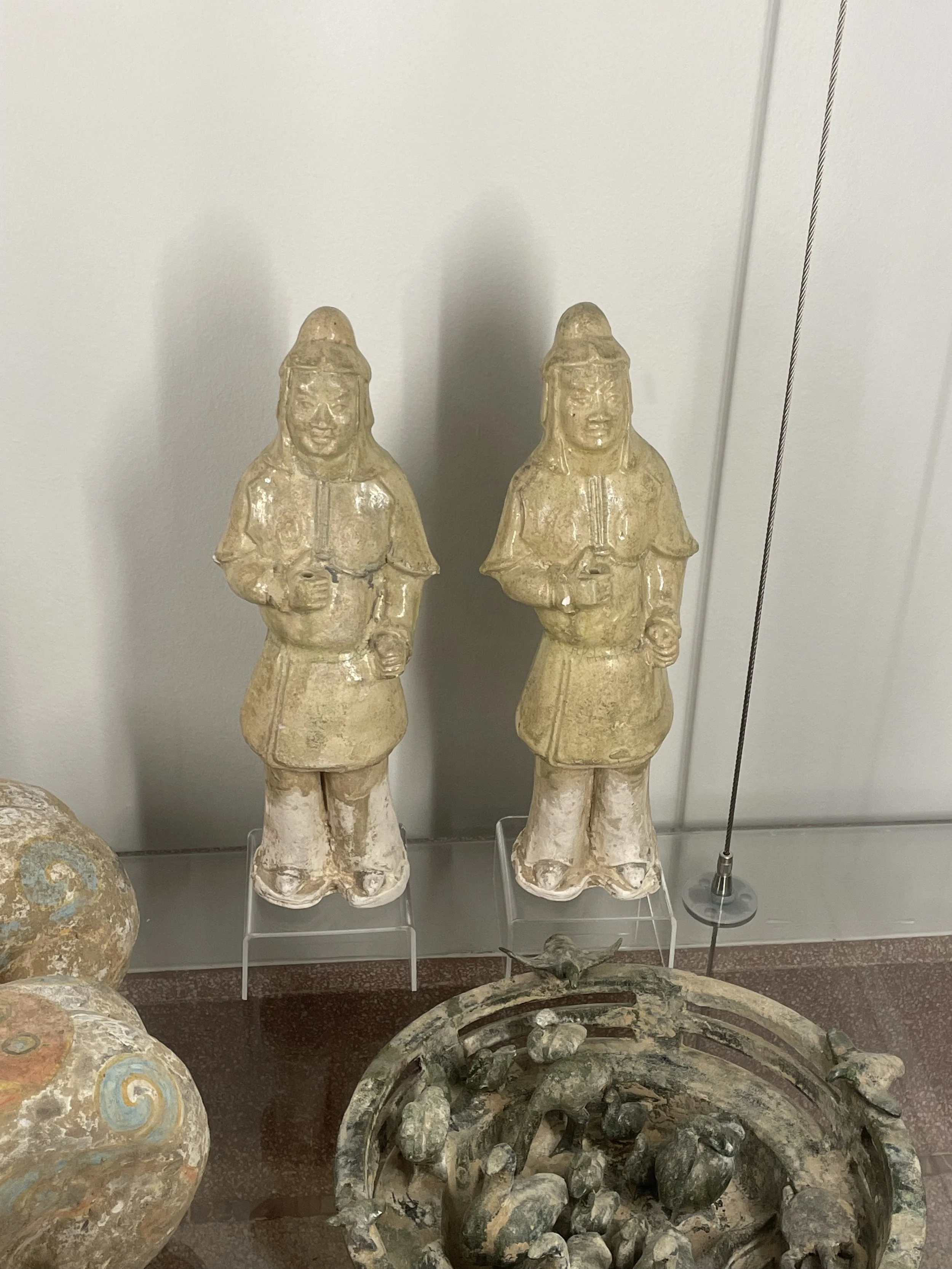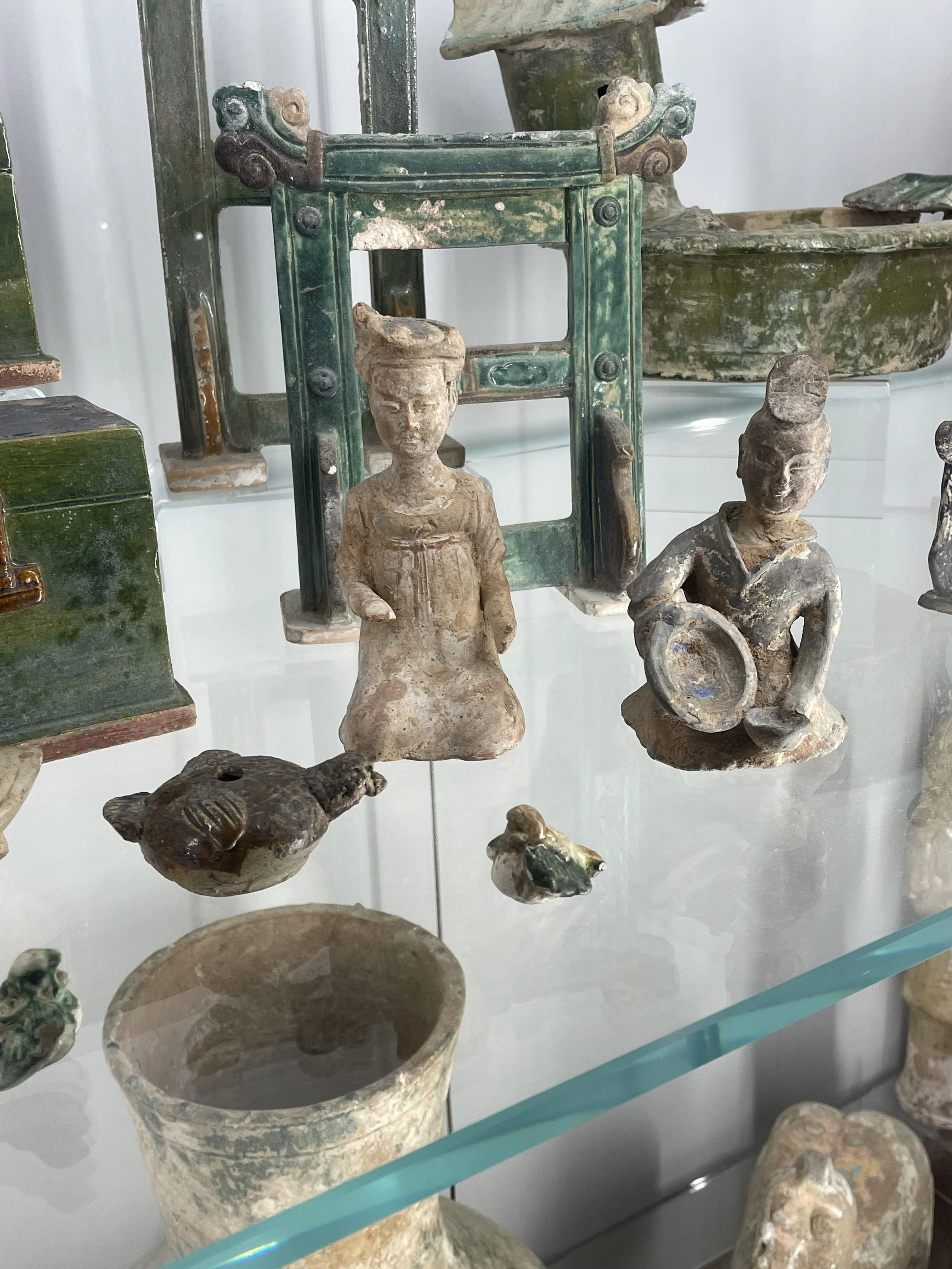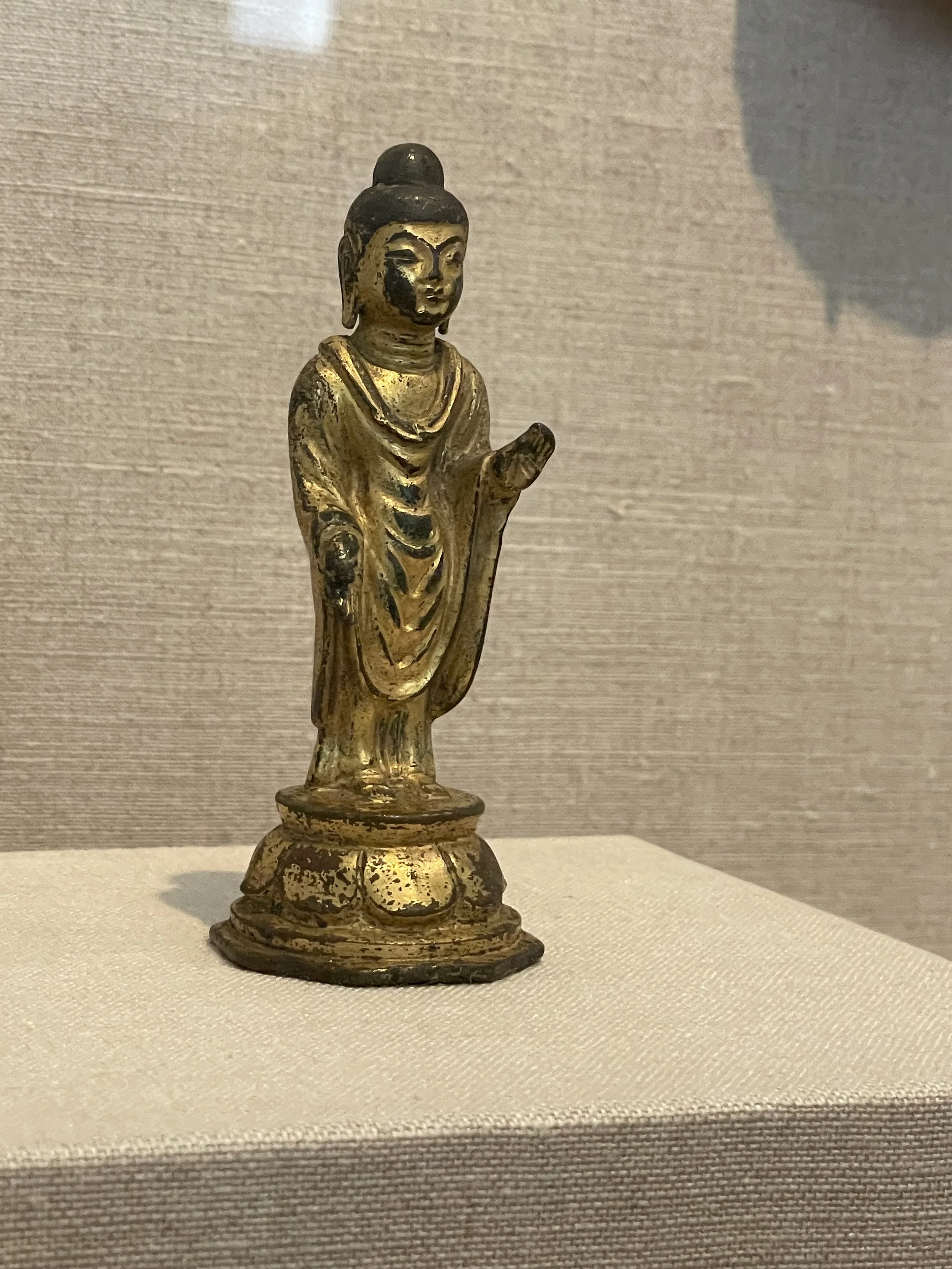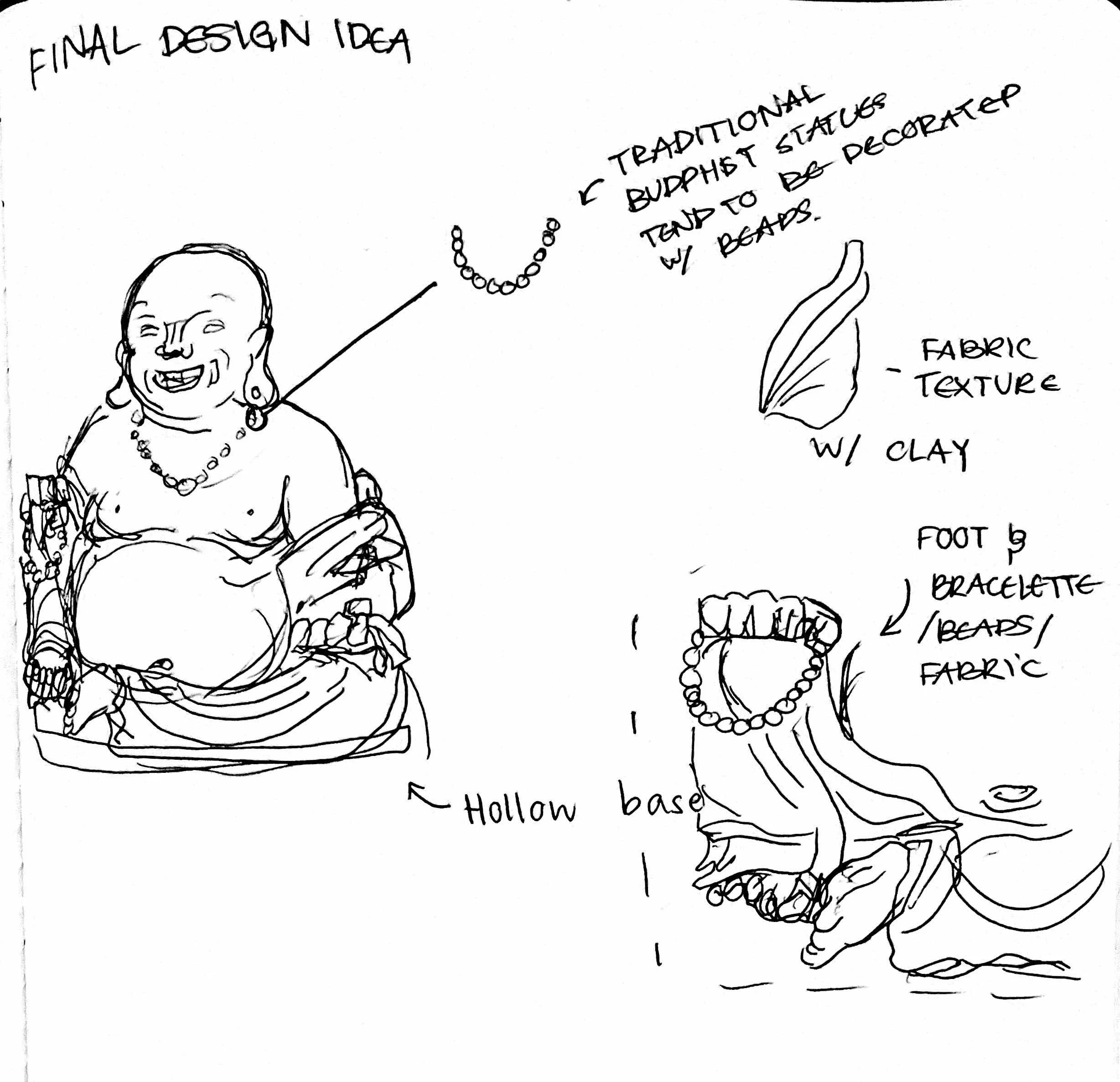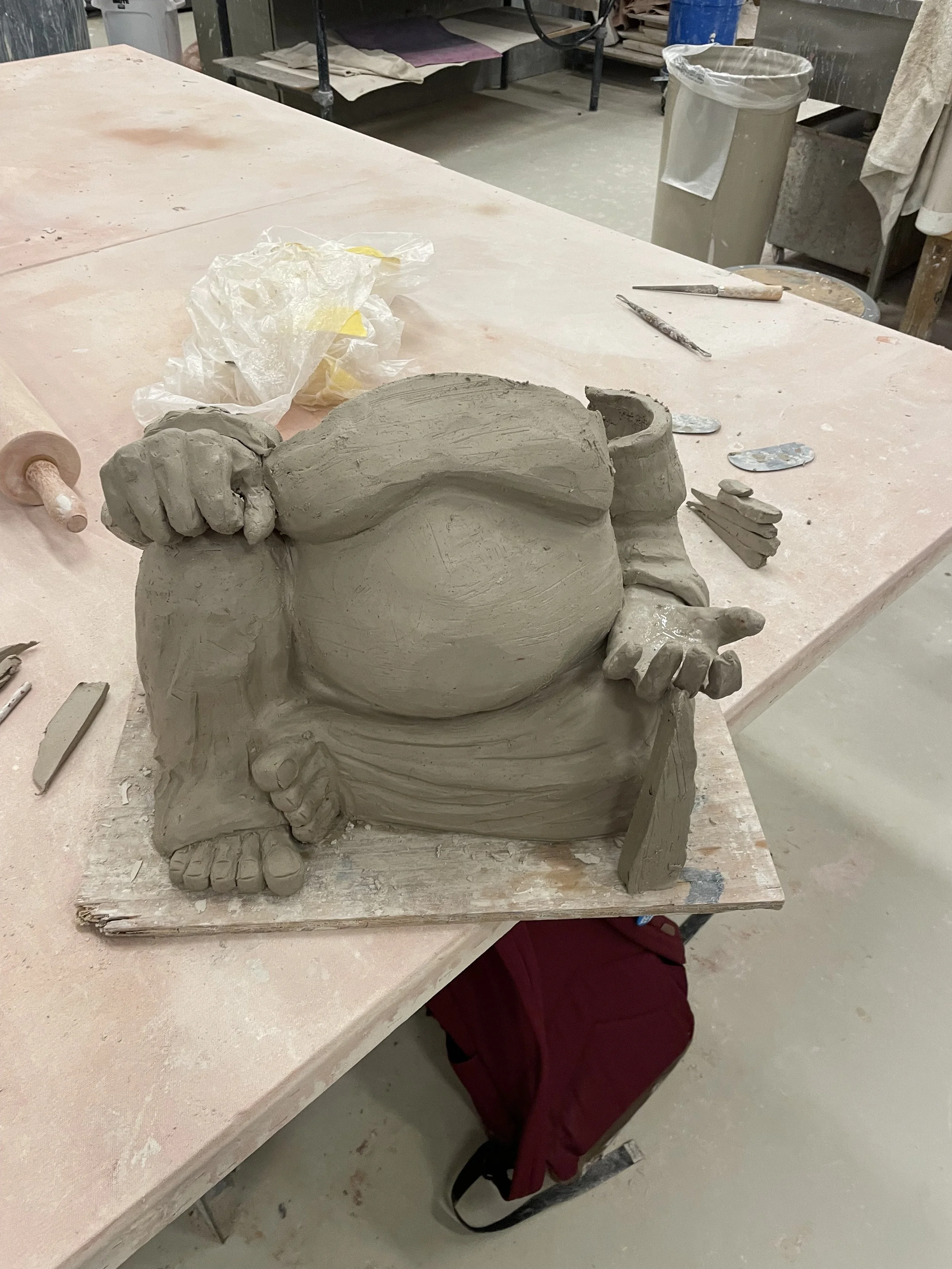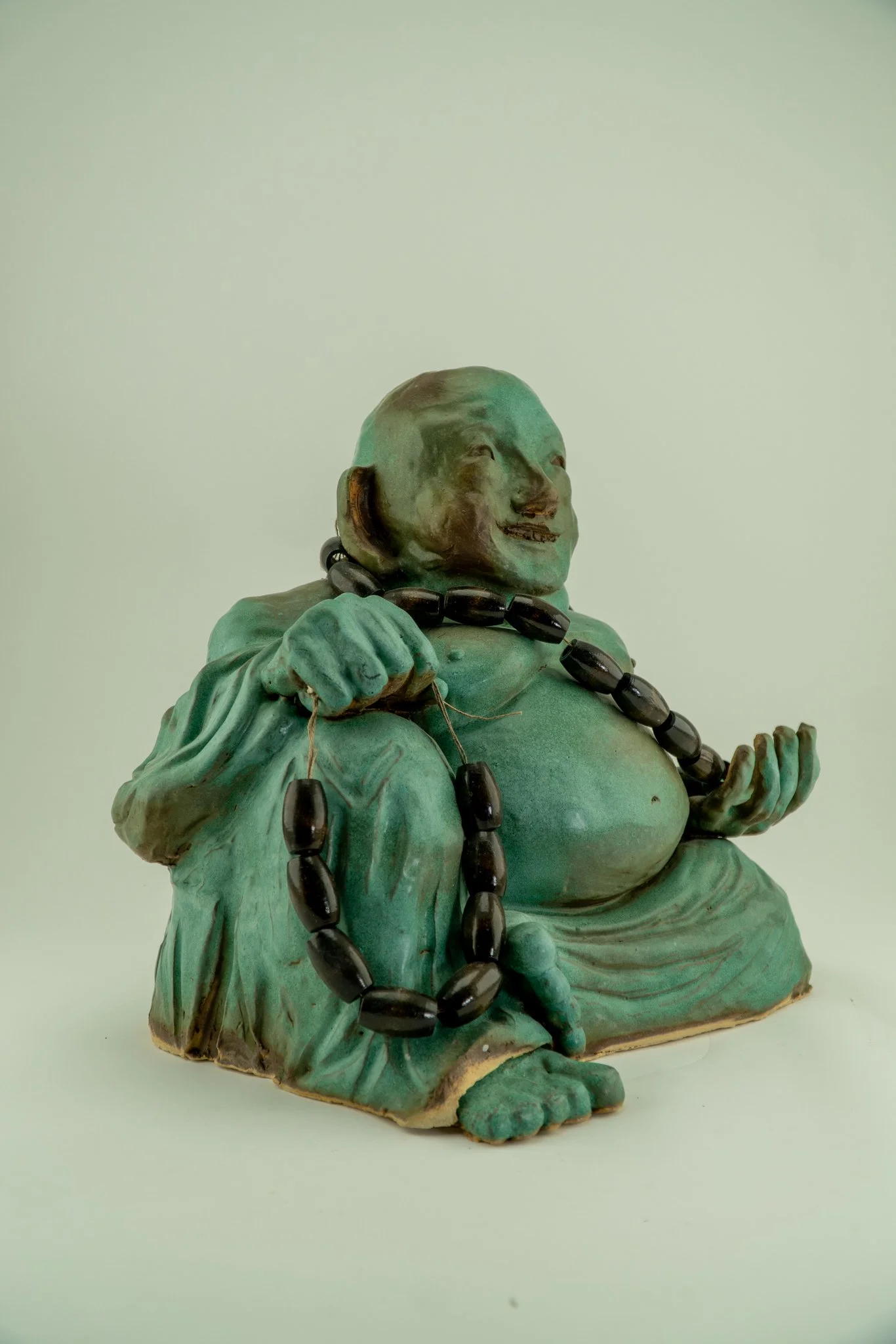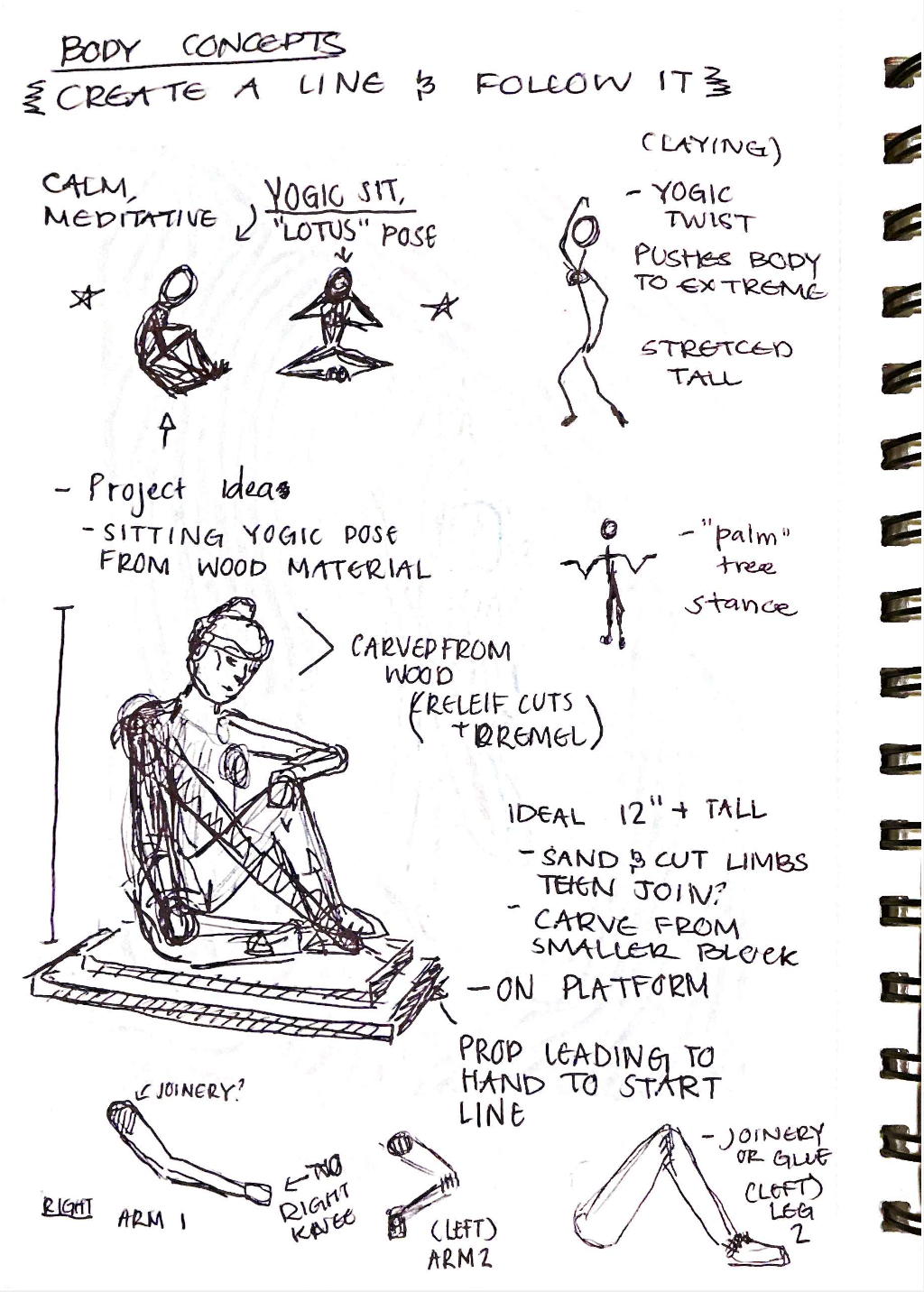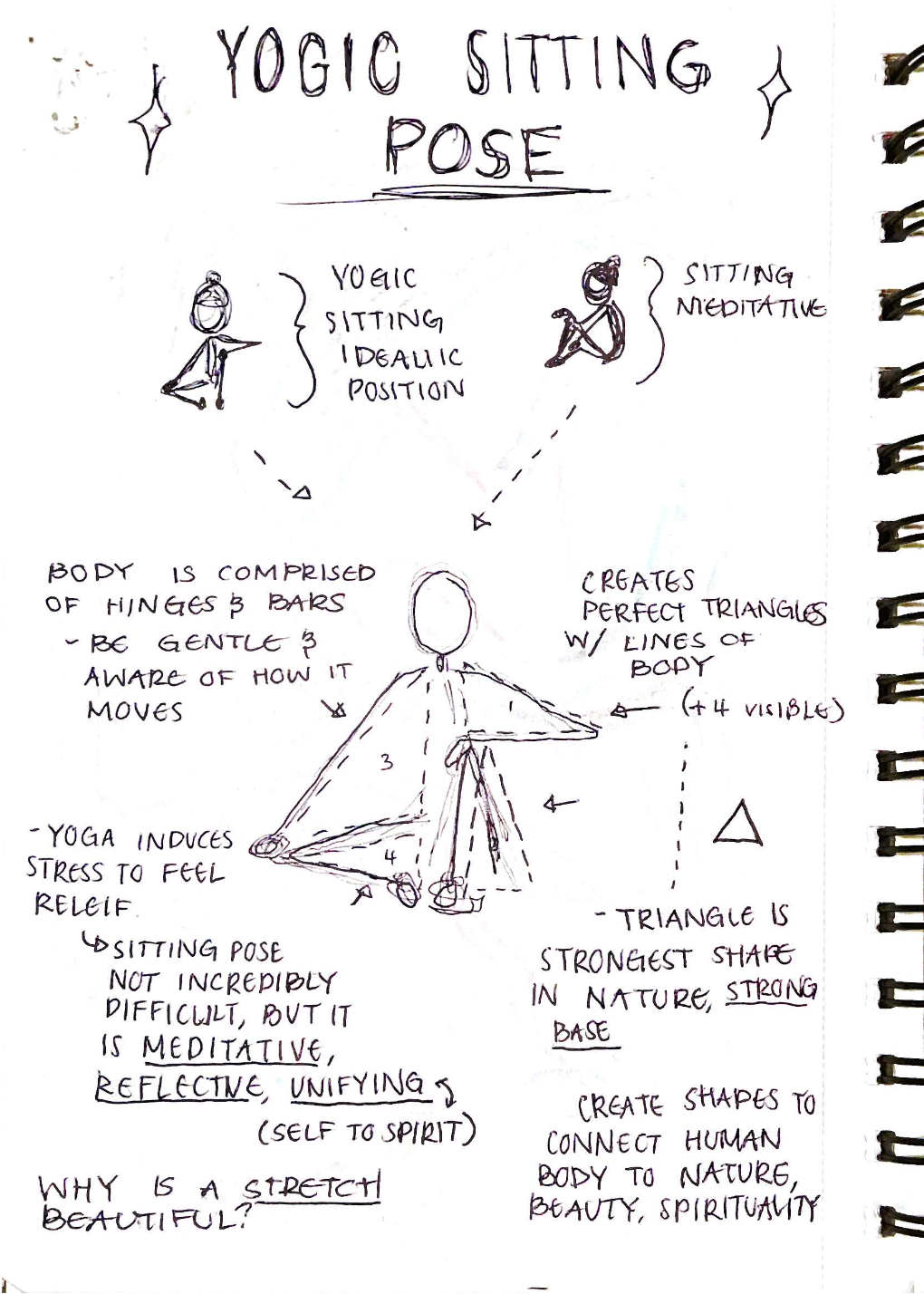Historical Narrative Research Project
The Buddha has always been an important figure in my life, symbolizing peace, compassion, and spiritual balance. Since my earliest memories, I have had Buddhist talismans placed in and around my home, fostering a sense of calm and connection. I wanted to honor this figure's loving and benevolent nature while conducting historical research on the various representations of the Buddha throughout time. My project involved studying the historical context of different Buddha depictions, which led me to visit museums like UMMA to draw inspiration from ancient artifacts, sculptures, and objects. Additionally, I traced the spread of Buddhist iconography from India to China, and took a history of yoga class to better understand the evolution of the Buddha’s forms and meanings. In my research, I discovered how art captures the balance and harmony inherent in Buddha’s image, and how these representations reflect the spiritual and cultural significance of the figure across time.

Each pose and hand position has a different meaning
Inspiration & Ideation
The story of the Buddha's enlightenment begins with Siddhartha Gautama, a prince who left his life of luxury in search of truth and liberation from suffering. After years of intense meditation and self-discipline, he found a quiet spot under a fig tree, known as the Bodhi tree, in Bodh Gaya, India. It was here that Gautama found enlightenment after a long time under that tree. This is what allowed him to become the Buddha / the “Awakened - one”
Additionally, different cultures have different renditions of the Buddha, their attire, and their expression
Sketching & Design
This Buddha figure is one that has been in and around my life for a long time. This specific iteration of the Buddha is often referred to as “the Jolly Buddha” or the Chinese “Laughing Buddha”. This figure is said to bring joy and cheer and is considered a man of loving character. The Buddha is known for the big smile and protruding belly and those are features I focused on including.
If the Buddha is positioned facing southeast in a family home, it is said to bring fortune and luck to the family. The inclusion of beads is largely decorative, though meditaion beads are known to bring calmness. Additionally the hand resting on the Buddha’s leg is also in a meditative position, but is said to express gratitude.
Process Work
I had constructed smaller mock ups in order to gauge the proportions of the final form, though this is a photo of halfway through the construction of the final. I created the piece by building the fingers and hands separately; then coiling the piece up to create the body and belly. The whole piece was constructed using coils and then created additively. The construction of the head and face was certainly the biggest challenge I struggled with. I had constructed it 3 separate times, and started over, though the final time I switched from coil construction to slab building. This allowed me to get the head shape right first before constructing the features on the face.
The Jolly Buddha
I was extremely pleased with the outcome of the final form. I used a cyan glaze and dark brown polished beads with rope. I constructed the necklaces with twine and wood, and they are made to resemble meditation beads commonly held by the Jolly Buddha.
I feel as if the surface treatment for this piece certainly elevated the final form. I chose the glaze we see on the figure to make it appear old and rustic, and I feel as if it helped me express capture the essence of these historical figures. The Buddha will live on longer than the rest of us.
The Jolly Buddha
I was extremely happy with the fabric material I was able to achieve, and the proportions of the figure. If I were to complete a similar project, I would want myself to focus more on glazing, and perhaps it would be fun to attempt the construction with slabs instead of coils.
The final ceramic figure is 20”x24”. It was made in Fall of 2022 at the University of Michigan Ceramics Studio.
I enjoyed employing a variety of techniques - such as paddling on the head and coil-building for the body, but most of all I enjoyed the process. I learned a lot about what the Buddha means to people and how the Buddha is represented across cultures. The Buddha most heavily featured in my life is the Chinese laughing Buddha.
Continuation with Research on the Hindu Buddha
Make it
The Hindu Buddha, with its serene and graceful form, embodies a profound sense of peace and inner wisdom that transcends time and culture. The slender, poised representation of the body conveys a sense of balance and spiritual discipline, symbolizing the path to enlightenment. Through its intricate symbolism and rich detail, the Hindu Buddha beautifully expresses the harmony between body, mind, and spirit.
-
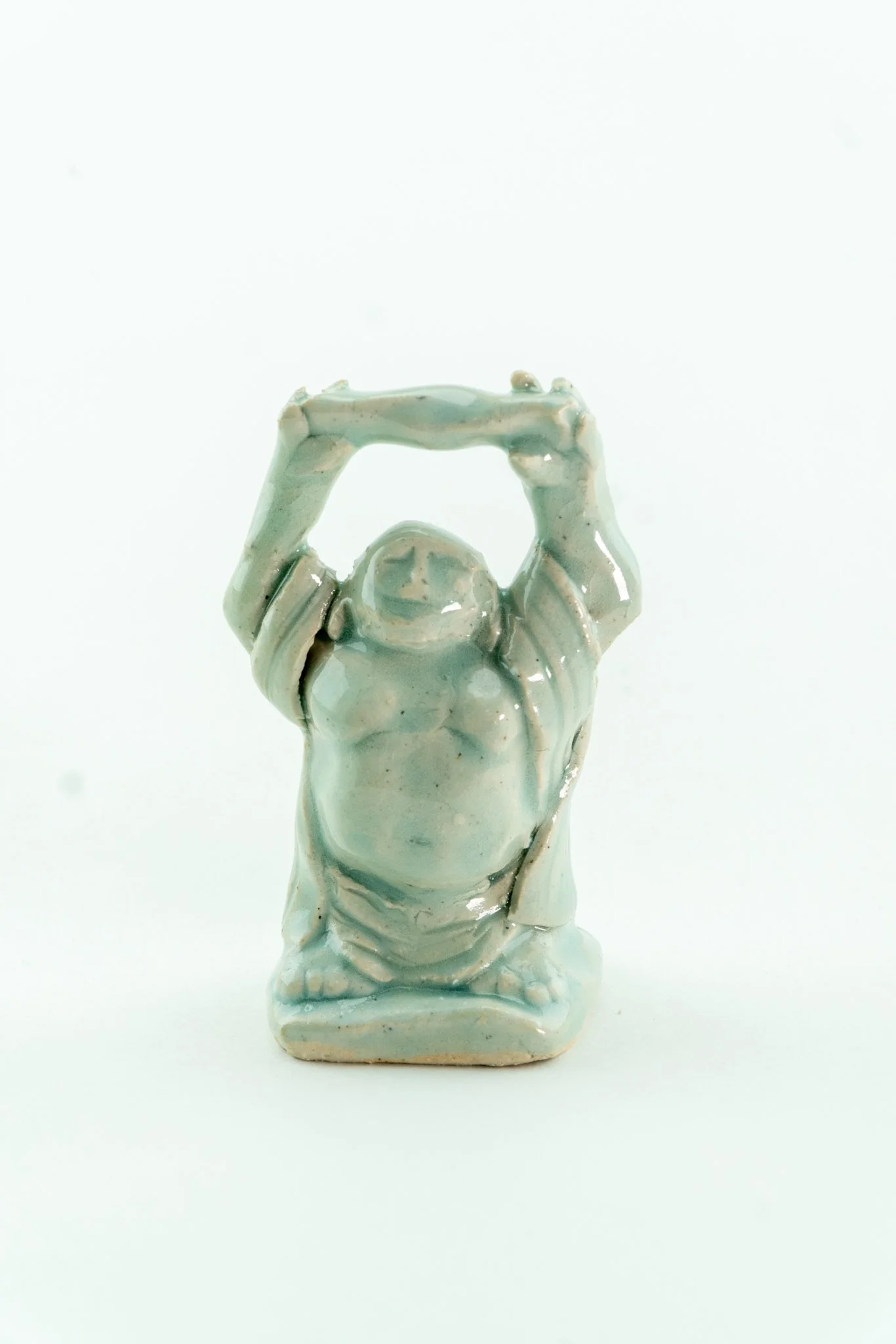
Cerulian
2024 Piece
-
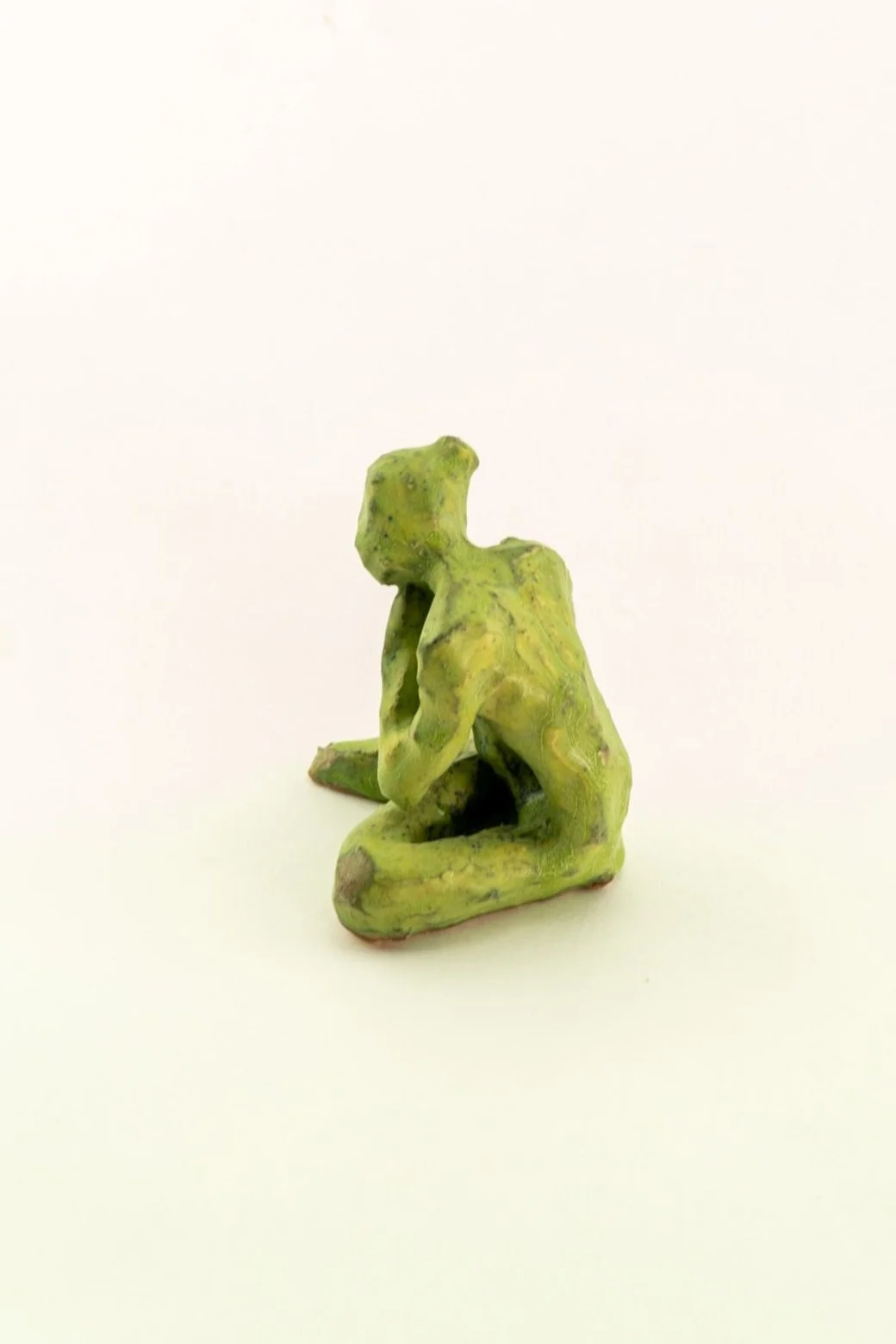
Jade
2024 Piece
-

Dance of Balance
2024 Piece

